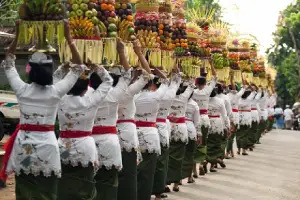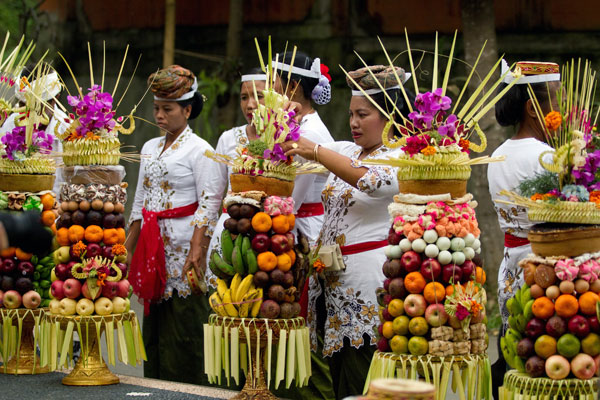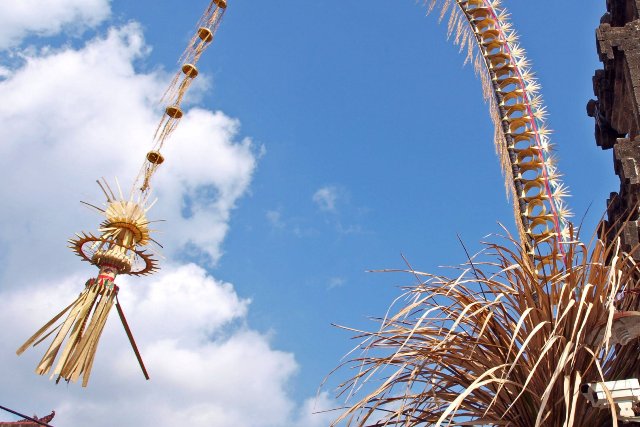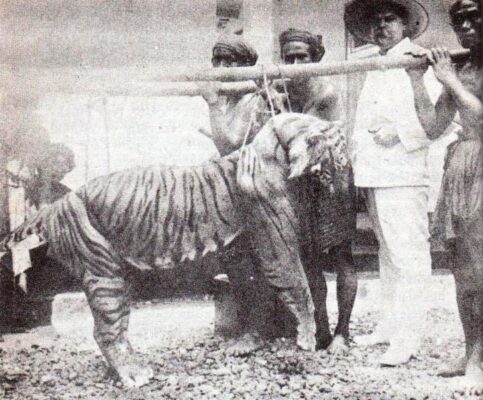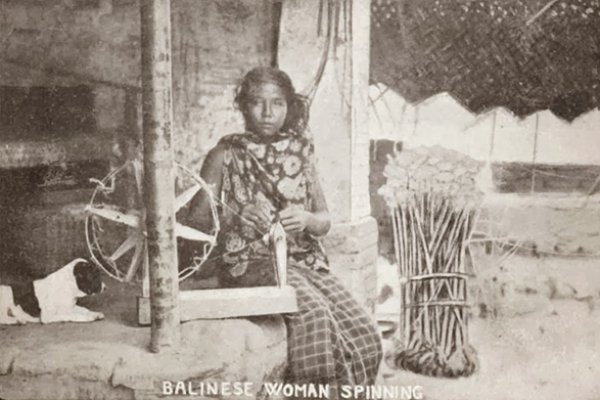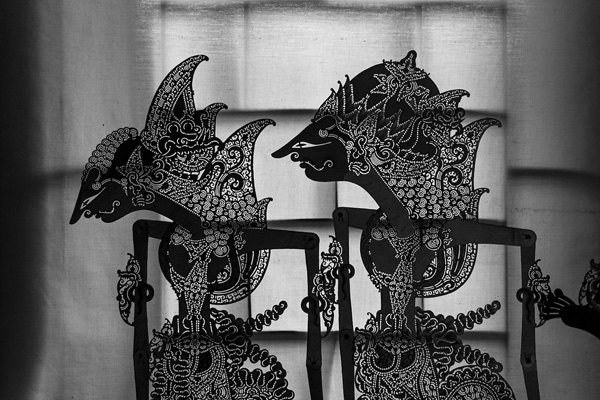Things to Do in Bali
Inherited calendar system From old Hindu and Javanese Traditions
Even though Indonesia uses the Gregorian Calendar like most countries in the world, the Balinese also have “native” calendars that determine greatly their holidays, rituals and ceremonies.
The Balinese calendar is a fundamental element that defines the daily life of the people. For instance, each week has a list of banned activities, such as cutting bamboo, but also days encouraging specific activities, such as getting married or planting or harvesting crops. When facing difficulty in finding a date with a high degree of auspiciousness for ceremonies such as a wedding, tooth filing, cremation, or even just the blessing of a house after construction, Balinese would consult with a priest to find a “good day” (Hari Baik), otherwise the Balinese fear that they will face bad luck.
The use of two calendar systems are complex and confusing even to the locals themselves:
Saka calendar
The saka calendar is derived from the ancient Hindu calendar, and Bali ancestors improved and customized it based on the actual conditions of the island. Balinese life is inseparable from the ceremonies routine that includes offerings as one of the main elements of the ritual. Therefore Saka calendar was also designed to maintain the availability of crops for the ceremonies.
Based on the lunar cycle, it similarly follows the solar system just like the Gregorian calendar, with the same 12 months but less than 30 days in each month (sasih), so about 354 or 355 days per year. The full moon or “purnama” falls in the middle of every month as a regular sacred day that the Balinese celebrates. Most of the temples will be packed with worshipers, and some roads in Bali might be closed due to the purnama ceremonies. The Balinese would wear their traditional dress and carry their offerings to their temple. Sacred dances, puppet shows and other rituals are usually performed in prominent temples during the full moon.
Pawukon
Pawukon calendar is another calendric system that is said to have originated following the cycle of a Balinese rice harvest tradition. This calendar has 210 days in a year, which is divided into 30 weeks and has seven days in every week (6 months, 35 days). However, this calendar is tricky to follow, with different calculated weeks running simultaneously together and no days are the same order. It is believed that people who were born in a specific week will have some identical physical condition, character and fate. But that is not the only function of this calendar, Pawukon is also used to predict important religious events in Bali such as Galungan, Saraswati and Kuningan.
The paper calendar of Balinese
Fortunately, a modern paper calendar is widely available in the island, consisting of printed dates of the calendars Gregorian, Pawukon and Saka. You can find them hanging at the walls of many offices and homes.
The calendar provides complete information from the temples anniversary (Odalan) to the full moon occurrence (Purnama) based on the Saka system. In this calendar, visitors can also find out which festivals they can attend during the month they are visiting.


















